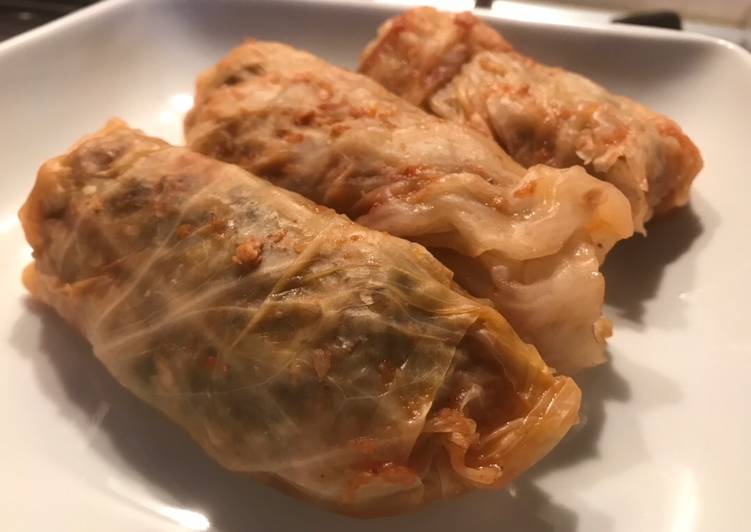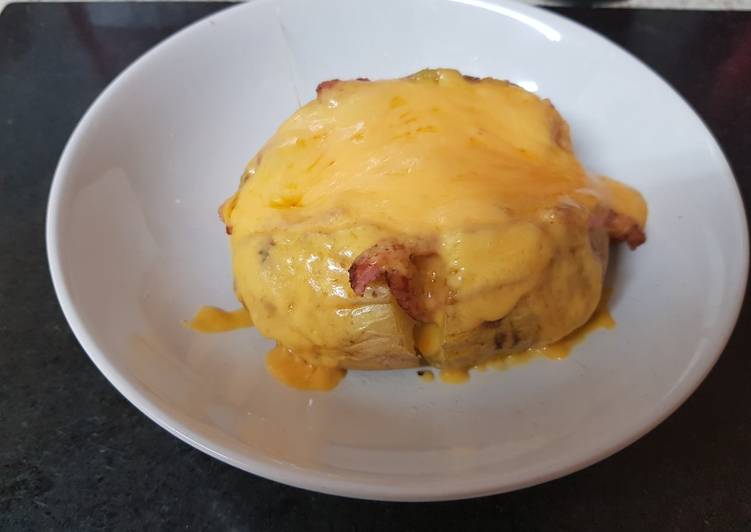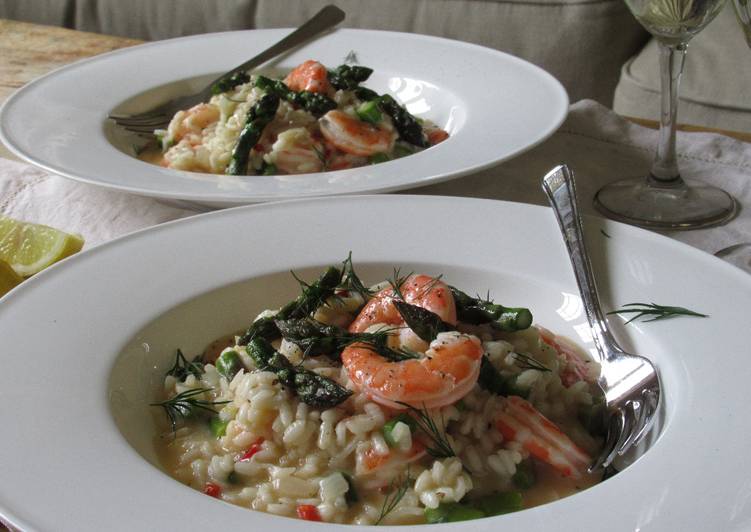
Hello everybody, hope you are having an incredible day today. Today, I will show you a way to make a distinctive dish, vegan sarmale (stuffed cabbage leaves). It is one of my favorites. For mine, I’m gonna make it a bit unique. This is gonna smell and look delicious.
Free UK Delivery on Eligible Orders At The Official QVC Website. Making these sarmale is so simple, just separate the cabbage leaves, and rinse them under cold running water. Place any small or torn ones onto the bottom of a large pan or casserole dish.
Vegan Sarmale (stuffed cabbage leaves) is one of the most popular of recent trending meals in the world. It is enjoyed by millions every day. It’s simple, it’s fast, it tastes yummy. Vegan Sarmale (stuffed cabbage leaves) is something that I have loved my whole life. They are nice and they look wonderful.
To begin with this recipe, we have to prepare a few components. You can cook vegan sarmale (stuffed cabbage leaves) using 15 ingredients and 9 steps. Here is how you cook it.
The ingredients needed to make Vegan Sarmale (stuffed cabbage leaves):
- Take 500 ml tomato sauce
- Prepare 300 g short grained rice
- Make ready 1 whole pickled cabbage
- Make ready 1 large onion
- Get 1 large carrot
- Get 500 g mushrooms
- Make ready 100 g dried soy mince
- Make ready 2 tbsp salt
- Take 1 tbsp coriander
- Take 1/2 tbsp black pepper
- Get 1 tbsp thyme
- Make ready Freshly chopped dill
- Take 2-3 bay leaves
- Take 1 tbsp sweet paprika
- Get 1 tbsp sunflower oil
Stuffed leaves (grape or cabbage) are known as 'sarma' in Turkish. This recipe for Turkish stuffed cabbage rolls is vegan and stuffed with portobello mushroom, onions, and rice. We then top it with a delicious lemony-dill yogurt sauce, which makes them irresistible. This hearty vegan stuffed cabbage is the ultimate comforting meal.
Steps to make Vegan Sarmale (stuffed cabbage leaves):
- Rinse the rice and let it soak for 15 minutes.
- Cut up the mushrooms, onion, carrot using a food processor.
- Add the oil to a pan and sauté the the vegetables for about 10 minutes. Also add thyme, dill, salt, pepper and coriander.
- Add the rice and minced soy with about 400ml of water and cook for about 5 minutes. Let it cool while you prepare the cabbage.
- Cut out the core of the cabbage and carefully separate the leaves. Rinse the leaves using cold water.
- Place some cabbage at the bottom of a pot.
- Add 1-2 tbsp of stuffing to each leaf and roll them up making sure to tuck in the sides at the end.
- Place the rolls on the bed of cabbage bits in the pot. Add the bay leaf and the paprika on top of the roles and pour the tomato sauce in as well. Make sure to add enough water to cover all the rolls.
- Cover the pot and bring to a boil on low heat for 2-3 hours. Make sure you check every so often in case you need to add more water. Here it is important to mention to only add enough water to not burn the rolls through the cooking process.
Cabbage rolls are filled with lentils and cauliflower rice, covered in a homemade sweet and sour sauce and baked to perfection. As a child, I loved the stuffed cabbage my grandmother made. These Asian-inspired vegan cabbage rolls are made up of tender cabbage leaves, stuffed with a rice and veggie filling, and served alongside a Chinese brown garlic sauce. Plus, this recipe is super versatile, gluten-free, and naturally vegetarian and vegan! A) submerge the head of cabbage in boiling water for half a minute until outer leaves are soft (then remove the soft leaves and repeat procedure) OR B) a couple of days before you want to make the sarmale, freeze your cabbage.
So that is going to wrap this up with this exceptional food vegan sarmale (stuffed cabbage leaves) recipe. Thanks so much for reading. I am sure that you can make this at home. There’s gonna be more interesting food at home recipes coming up. Remember to save this page on your browser, and share it to your family, friends and colleague. Thanks again for reading. Go on get cooking!

